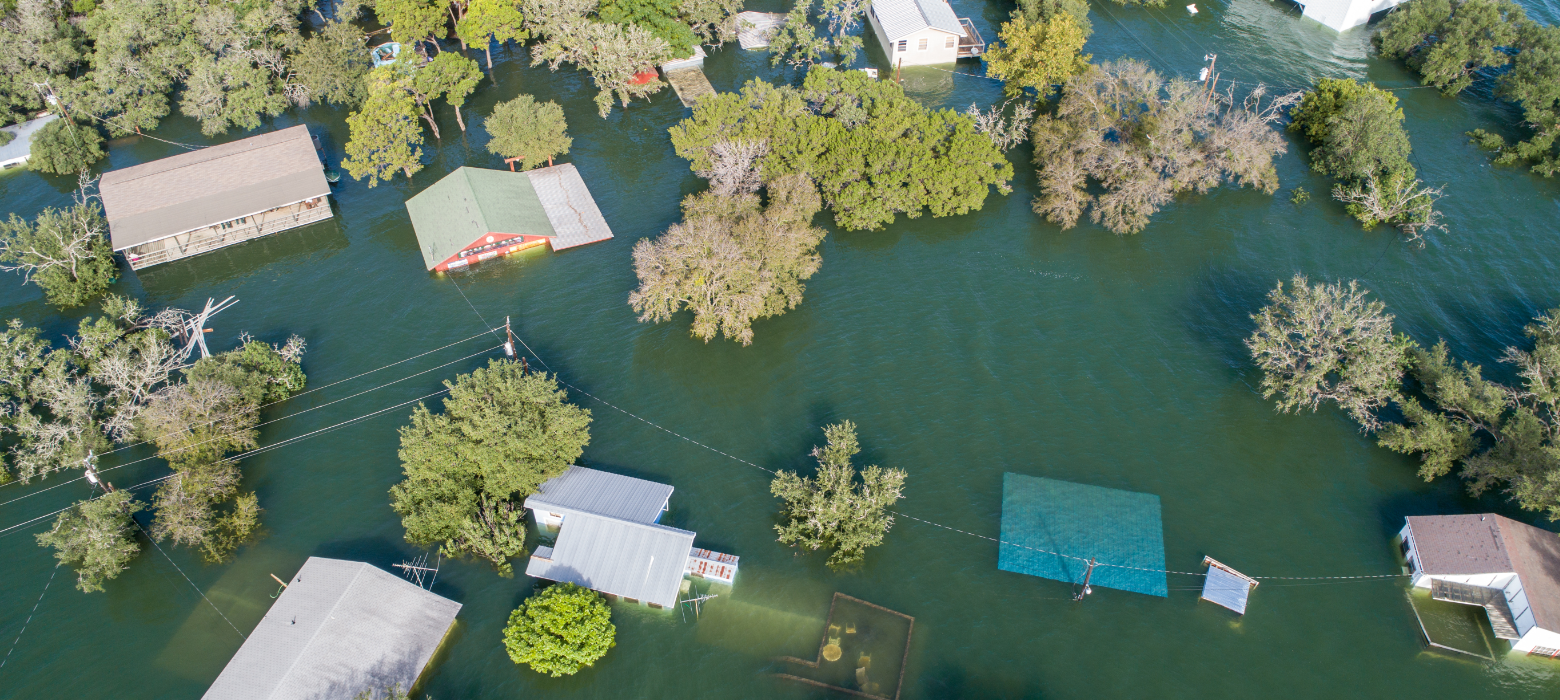
Sustainability is a crucial global framework for survival in our rapidly changing world. As populations grow and resources become scarcer, the imperative for sustainable practices becomes more apparent—not only to preserve our environment but also to ensure economic and social stability across the globe.
We’ll explore the historical evolution of sustainability, the current environmental challenges we face, and the myriad benefits that sustainable practices offer both economically and socially. In addition, we’ll cover the technological innovations that facilitate sustainable development and examine real-world examples of effective sustainability strategies. The goal is to illuminate why sustainability is not just beneficial but essential, and why the time to act is now.
Historical Context: The Evolution of Sustainability
The concept of sustainability is not new, but it gained significant traction in 1987 with the publication of the Brundtland Report by the World Commission on Environment and Development, which officially introduced “sustainable development” as an integrative concept combining growth, social equity, and environmental management.
Since then, the journey toward sustainability has been progressive yet challenging. Milestones include the 1992 Earth Summit in Rio de Janeiro, which led to the Agenda 21 action plan, and more recent agreements like the Paris Climate Accord of 2015, which unified 196 countries under a global pact to combat climate change. These events marked significant international commitment.
Current Global Challenges
Our planet faces a massive environmental crisis that threatens the very foundation of human civilization. These challenges are interconnected and require a unified, sustainable approach to address them effectively.
Climate Change
Perhaps the most pressing issue is climate change, driven primarily by the increase in greenhouse gasses from fossil fuel consumption. The impacts are widespread, including extreme weather events, rising sea levels, and altered weather patterns, all of which pose serious risks to food security, water sources, and human health. The Intergovernmental Panel on Climate Change (IPCC) has underscored the need for immediate action to cap global warming to 1.5 degrees Celsius above pre-industrial levels to mitigate these effects.
Resource Depletion
Human activity consumes resources at an unsustainable rate. From deforestation to the depletion of fish stocks and mineral resources, the extraction of natural resources exceeds the Earth’s capacity to replenish them. This not only impacts biodiversity and ecosystem health but also threatens the economic stability of industries reliant on these resources.
Loss of Biodiversity
Biodiversity is essential for ecosystem resilience, agricultural diversity, medicinal research, and combating climate change. However, species extinction rates are accelerating, largely due to habitat destruction, pollution, and overexploitation. The loss of biodiversity reduces nature’s ability to provide food, clean water, and protection from natural disasters.
Environmental Degradation
Pollution and environmental degradation further exacerbate the challenges. Water bodies are contaminated with plastics and chemicals, air quality in many cities falls below safe levels, and soil degradation affects food production and biodiversity. These issues not only harm the environment but also pose significant health risks to populations worldwide.
Current Climate Catastrophes: A Direct Consequence of Climate Change
The rise in global temperatures is exacerbating natural disasters across the world, underscoring the immediate consequences of climate change. These events not only disrupt lives and economies but also provide a clear call to action for urgent measures to mitigate climate impacts.
Wildfires
Wildfires have become more frequent and severe as a result of prolonged droughts and higher temperatures, particularly noticeable in regions like Australia, the Amazon, and the western United States. For instance, the Australian bushfires of 2019-2020, known as the “Black Summer,” were particularly devastating, burning vast tracts of land, destroying homes, and resulting in significant loss of wildlife and biodiversity. Similarly, California has experienced some of the largest and most destructive wildfires in its history over the past few years.
Hurricanes and Tropical Storms
The intensity and frequency of hurricanes and tropical storms are increasing, driven by warmer ocean temperatures. These storms cause severe flooding and wind damage, leading to significant economic losses and human casualties. Recent hurricanes, such as Hurricane Harvey in 2017 and Hurricane Dorian in 2019, have shown just how destructive they can be, with Harvey causing unprecedented flooding in Houston, Texas, and Dorian devastating the Bahamas.
Flooding and Extreme Rainfall Events
Increased evaporation rates due to higher temperatures are leading to more extreme rainfall events, causing severe flooding around the world. Countries like China, India, and parts of Europe have experienced catastrophic floods that have displaced millions, ruined crops, and strained governmental and humanitarian aid resources.
Rising Sea Levels and Coastal Erosion
Rising sea levels, a direct consequence of melting polar ice caps and glacier retreat, pose significant threats to coastal communities. Island nations in the Pacific, such as the Maldives and Fiji, face existential threats, while major cities like Miami and Jakarta experience increased flooding and coastal erosion, threatening infrastructure and livelihoods.

Economic and Social Benefits of Sustainability
Adopting sustainable practices offers significant economic and social benefits, which can drive global development in a positive direction.
Economic Growth Through Green Jobs
The shift toward sustainable technologies and renewable energy sources is fostering new industries and job opportunities. According to the International Renewable Energy Agency (IRENA), renewable energy sectors could employ more than 40 million people by 2050. Investments in green infrastructure and energy efficiency also stimulate job growth in construction, engineering, and manufacturing sectors.
Social Equity
Sustainable practices ensure that resources are used equitably and responsibly, promoting social justice. Addressing environmental issues can help alleviate poverty, as many of the world’s poorest communities are also the most vulnerable to environmental hazards. Initiatives like sustainable agriculture and clean water projects can dramatically improve living conditions and health outcomes in these communities.
Long-Term Cost Savings in Business Operations
Businesses that invest in sustainability often see long-term cost savings through improved efficiency and reduced resource consumption. Eco-friendly designs and processes can lower energy costs, reduce waste disposal fees, and minimize the lifecycle costs of products, enhancing overall profitability.
Technological Innovations Promoting Sustainability
The drive towards sustainability has been significantly bolstered by technological innovations across various sectors. These technologies not only help in reducing environmental impact but also improve efficiency and support economic growth.
Advances in Renewable Energy Technologies
Renewable energy technologies have seen dramatic improvements, making them more efficient and less expensive. Solar panels and wind turbines are now more potent and reliable than ever, offering a viable alternative to fossil fuels. Innovations in battery storage technology are also crucial, as they allow for the storage and deployment of solar and wind energy even when the sun isn’t shining, and the wind isn’t blowing. These advancements are pivotal in making renewable energy a cornerstone of global energy strategies.
Innovations in Waste Management and Recycling
Technology has transformed waste management by making recycling processes more efficient and by finding new ways to reuse materials. For example, advanced sorting technologies use sensors and artificial intelligence to separate materials with high precision, thus increasing the amount of recyclable materials recovered. Additionally, new methods of converting waste into energy are reducing landfill use and providing alternative energy sources.
Smart Technologies for Water and Energy Efficiency
Smart technologies, such as intelligent irrigation systems and smart grids, optimize the use of water and energy. These systems use real-time data to adjust resource delivery precisely to where and when it’s needed, significantly reducing waste. Smart buildings and eco-friendly home designs incorporate sensors and automated systems to minimize energy consumption and maximize comfort, further promoting sustainable living.

Successful National and Corporate Sustainability Strategies
Examples of sustainability can be seen worldwide, highlighting the effectiveness of national policies and corporate strategies in fostering environmental stewardship.
National Success Stories
Countries like Denmark and Germany have led by example, implementing comprehensive sustainability strategies that integrate renewable energy, efficient waste management, and biodiversity conservation into their national agendas. Denmark’s ambitious policy aims for a 70% reduction in carbon emissions by 2030, heavily investing in wind energy and electric vehicles. Germany’s “Energiewende” (energy transition) is a large-scale project to phase out nuclear power and fossil fuels in favor of renewable energy, demonstrating a successful shift to greener energy within a major industrial economy.
Corporate Success Stories
On the corporate front, companies like Patagonia and IKEA have embedded sustainability into their business models. Patagonia has committed to ethical practices and environmental responsibility, using recycled materials and donating a percentage of its profits to environmental causes. IKEA has invested heavily in sustainability, from sourcing sustainable materials to investing in renewable
What We Can Do Now
The challenges we face are daunting, but the power to effect change lies within each of us.
- Personal Responsibility: Start by reducing waste, conserving energy, and supporting sustainable products and practices.
- Policy Advocacy: Engage with local and global issues; vote for and support policies and leaders committed to environmental stewardship.
- Corporate Accountability: Demand transparency and responsibility from businesses, supporting those who prioritize sustainable practices and boycotting those who do not.
Together, through individual actions and collective initiative, we can steer our global community towards a more sustainable, equitable, and thriving planet.
Related Articles
How Technology is Reshaping Sustainability
As technology continues to evolve, it is playing a pivotal role in reshaping sustainability efforts worldwide.
Investment in Sustainability: A Strategic Guide
Sustainability investments focus on creating long-term value by integrating environmental, social, and governance (ESG) criteria into business decisions.
Jobs in the Sustainability Economy
The concept of the sustainability economy presents an innovative framework for achieving economic growth that balances ecological, economic, and social needs.
Economic Factors in Sustainability
Understanding economic factors is crucial to developing sustainable business practices that benefit the environment & enhance profitability and competitiveness.
8 Trends in Health and Wellness for Sustainable Businesses
Current health and wellness trends are emerging that not only support employee health but also enhance environmental and corporate sustainability.
Social Dimensions of Sustainability
Explore the social facets of community education and engagement, and the impact of raising awareness and building capacity in fostering a sustainable future.







